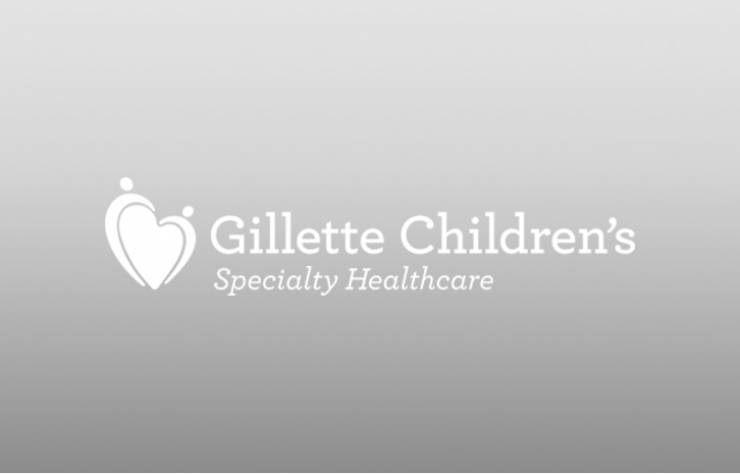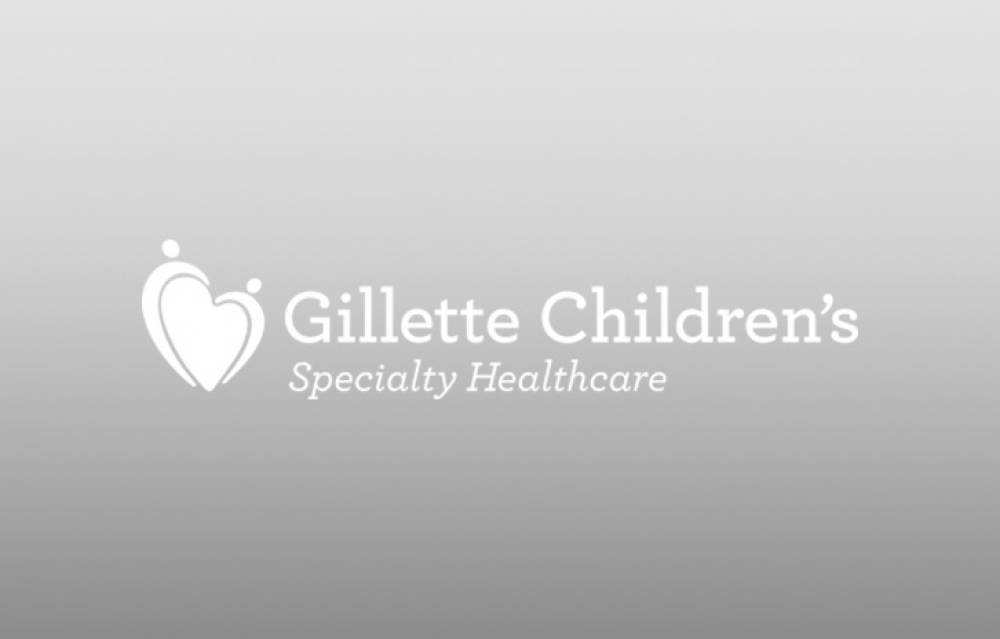-
{care_team_members status="Open|hide from care team page"}
-

{care_team_members:ct_first_name} {care_team_members:ct_last_name}
{care_team_members:ct_full_title}
{/care_team_members}
person:channel_short_name: {person:channel_short_name}
person:
title: {person:title}
-
{links}
{/links}
No category selected to display locations. Locations Dynamic
-
{locations}
- {locations:title} {/locations}
-
{widget}
{widget:widget_content}
- {widget:widget_content:tab_title} {/widget:widget_content} {/widget}
Between the years of rigorous schooling, studying, training and tests, working in the medical field is hard. But medicine, just like anything else in life, is also largely rooted in experience. It takes practice.
It’s why “teaching hospitals” exist in the first place, and why health care providers are increasingly looking for new and innovative ways to train their staff members.
That said, there’s still a great deal of learning in medicine that happens on the job. However, this can be problematic because some of the more severe medical events and conditions don’t always happen as often.
So, the fundamental question becomes: How do we simulate high-stress situations, and processes of diagnosis and treatment, in a way that will help health care providers adequately respond when they are treating an actual person?
At Gillette Children’s, that’s where HAL, a High Fidelity Mannequin and his operator, Tim Foley, come in. Foley is a technician in the Surgery Simulation and Training space at Gillette, and I sat down with him to learn more about what he does.
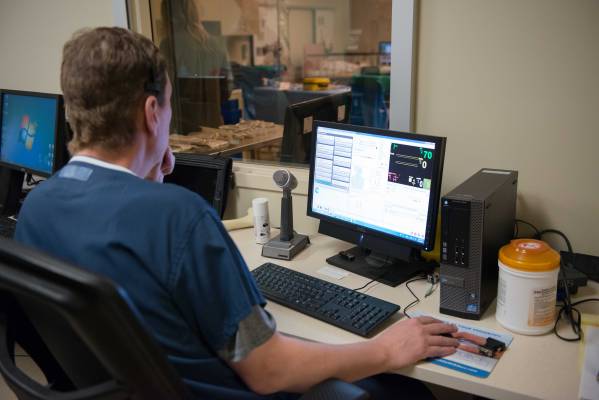
Q: Your title is listed as Simulation Technician, but to just to start, what is Surgical Simulation?
Tim Foley: We have a surgical simulation lab at Gillette, and it’s nearly identical to one of our real operating rooms. The primary use of this space is centered on the continued medical education and training of our staff. This is where HAL and I get to work.
Can you talk a little about who HAL is, and what his role serves?
TF: HAL serves as a stand-in for one of our patients during training simulations. Prior to robots like HAL, training was done on mannequins that were similar to the kind you would find in most CPR certifications.
What makes HAL different is that he is fully interactive.
He breathes, has a heartbeat, pulse, and full vitals. He also can speak in multiple languages, and can simulate countless medical symptoms our staff could be exposed to when working with their patients.
Wait, he speaks? How much of that is you pulling the strings and how much of it is automated?
TF: To be honest, it’s a lot of both. It really depends on the type of staff that is in the room, the kind of training they’re doing, as well as their level of expertise.
For instance, we often have Pediatric Advanced Life Support (PALS) training in the simulation lab. This training focuses on quickly diagnosing and treating a patient who is experiencing cardiac distress. This is something that’s obviously very serious and not a situation where there’s a large amount of room for error. I would imagine it would be comforting for our patient families to know that every nurse, physician assistant and respiratory therapist at Gillette goes through this type of training.
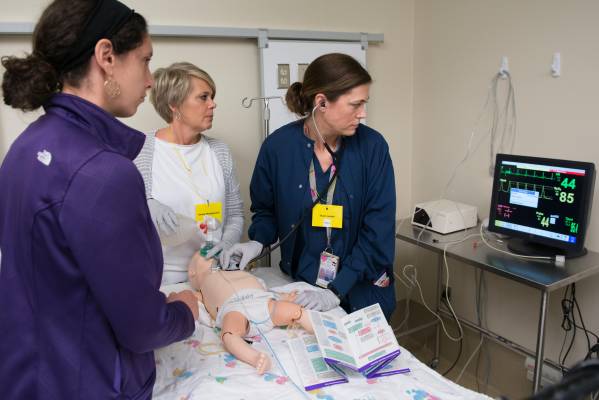
Hmm, interesting. So if we’re being honest, do you ever feel like you’re actively messing with people?
TF: [Laughs]
Absolutely, yes. But it’s not like we’re throwing in symptoms that are completely unrelated or out of left field. Everything has to make sense from a diagnostic standpoint.
The main goal isn’t to ruin anyone’s day; it’s to help our staff learn. Occasionally that requires presenting challenges that take people out of their comfort zone.
I would imagine, like with any skill, you want to build up a certain amount of muscle memory?
TF: Exactly. We were talking about cardiac distress before. That’s obviously one of the scariest things that can happen for a family, and no one would want the first staff member on the scene to be going through this for the first time.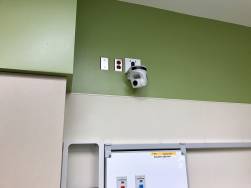
That’s what the simulation lab is all about. We want to provide the best care possible for our patients, so we practice. Often, over and over again.
Moreover, the lab is fitted with multiple cameras for recording. After a training concludes, the participants will watch themselves on the tape, discuss what went well and what didn’t, and present alternative solutions for going forward.
Author’s aside: The classroom Foley’s talking about adjoins the surgical space and has a one-way, Law and Order mirror that peers in. At the center of the room, there’s a conference table with monitors. It looks incredibly similar to the Situation Room in the White House.
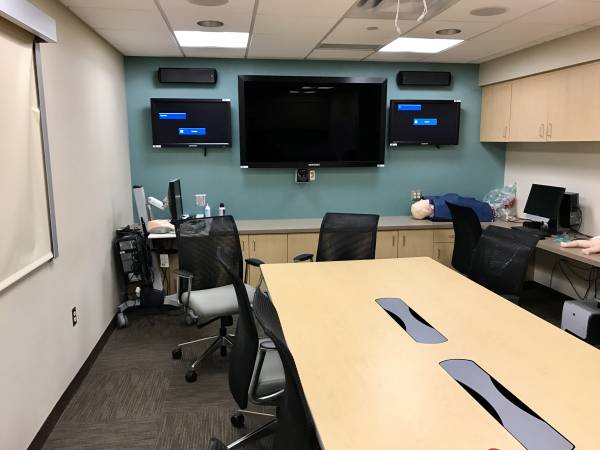
It’s just funny because this seems similar to what a sports team would do the day after a game.
TF: A medical unit is, in essence, a team. So it’s really not all that different.
We’ve all watched ourselves on video and been exasperated with our performance, does that also happen with highly trained medical professionals?
TF: [Laughs]
Definitely.
Obviously, this is something that we take very seriously, but we try to prevent the atmosphere from getting too dark or dire. That’s the beauty of the simulation lab: It provides a safe space to learn and grow.
That’s great. Look, obviously HAL serves a valuable service, but he blinks, his eyes dilate and he bleeds if need be. Does he ever freak anybody out?
TF: [Smiles]
Our medical staff is pretty used to him by now, but when we give a tour of the lab he definitely surprises people.
On my end, I’d be lying if I said that there weren’t nights where I felt like I should say goodbye to him before I go home. But overall, things are going fine.
To close, I have to ask because artificial intelligence is very en vogue right now, has HAL ever spoken to you? Has he shown any signs of self-awareness?
TF: He’s a robot… So, no.
I get it. Of course, you have to say that, and I’m not trying to put you on the spot. Just between us, blink twice if he’s ever spoken to you.
TF: Well, I have to blink.
I knew it.
Author’s note: In the minutes following our interview, Tim Foley blinked multiple times.
On the more serious side, when asked about how to continue improving staff training at Gillette, Foley said an updated model for HAL is available. The new model would provide increasingly realistic simulations that would benefit our patients and families. The simulation lab was initially constructed based upon donations from individuals in our community.
Check out our Facebook Live tour of the Simulation Lab.


